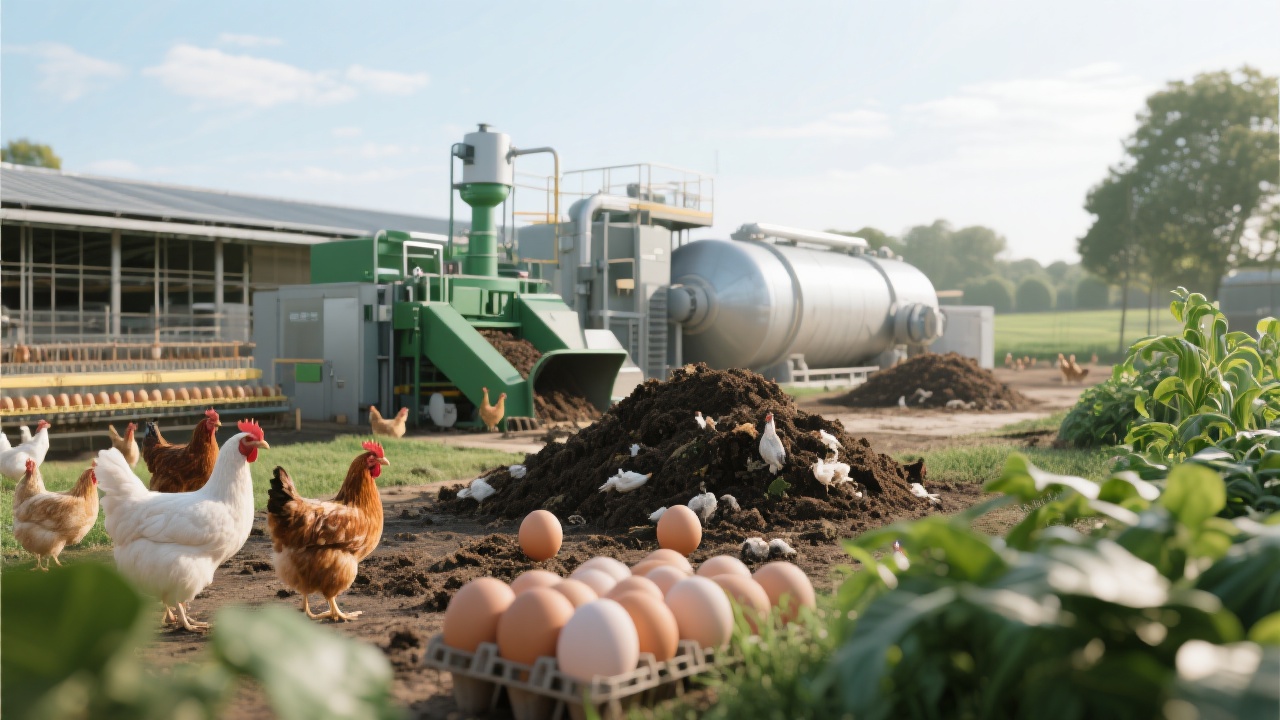
In large-scale egg production, manure management remains one of the most critical operational challenges—impacting animal health, environmental compliance, and long-term profitability. Traditional manual cleaning methods not only increase labor costs but also fail to address ammonia buildup, disease risks, and regulatory pressure from standards like ISO 14001.
Studies show that farms relying on manual waste removal experience up to 40% higher ammonia levels in barns compared to automated systems. This leads to respiratory issues in birds (reducing egg output by 5–8%) and increases the risk of pathogen spread. Moreover, inconsistent cleaning leaves residues in hard-to-reach areas—especially under multi-tier cages—which accelerates odor emissions and violates local environmental codes.
| System Type | Energy Use (kWh/day per 1000 hens) | Maintenance Frequency | Coverage Efficiency |
|---|---|---|---|
| Manual Cleaning | ~15 kWh | Daily | ~70% |
| Scraping System | ~6 kWh | Weekly | ~95% |
| Screw Conveyor | ~5 kWh | Monthly | ~98% |
The real breakthrough comes when automation is paired with intelligent cage design. For example, the Livi H-type layer cage structure—engineered for optimal airflow and easy access—allows full integration with both scraper and screw conveyor systems. In a case study from a 30,000-hen farm in the Netherlands, this combination reduced ammonia concentration by 62% within two weeks of installation, while eliminating dead zones where waste accumulates.

Automated systems don’t just meet ISO 14001 requirements—they unlock new revenue streams. By collecting manure consistently and hygienically, farmers can process it into high-quality organic fertilizer. One Indonesian poultry cooperative reported a 25% reduction in feed cost after using composted manure as bedding material, while selling surplus fertilizer to nearby rice farms at $120/ton—a clear win-win.
“We used to spend hours every day on cleaning,” says Maria Lopez, operations manager at a 50,000-hen farm in Spain. “Now we focus on bird welfare and productivity. The system pays for itself in less than 18 months.”
Explore how automation can reduce your ammonia levels, improve hen health, and align with global sustainability goals—without compromising yield.
Download Our Free Guide: “From Waste to Worth – A Farmer’s Roadmap to Smart Manure Management”
